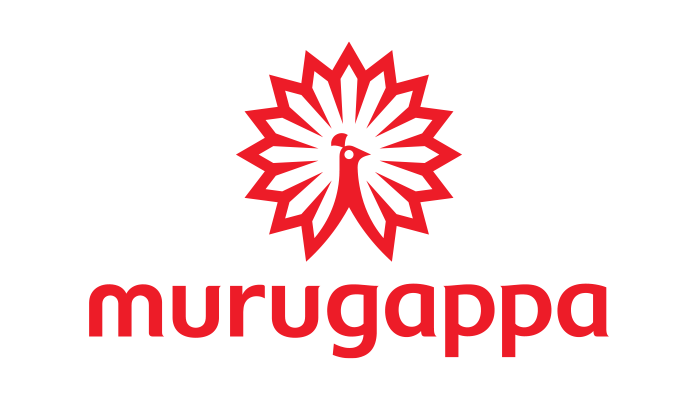Murugappa Morgan

SVHC - Substance of Very High Concern
REACH and understanding criteria for SVHC.
Under REACH a substance of very high concern is a substance that meets one of the following criteria and has been included on the candidate list for prioritisation for authorisation.
Criteria indicating potential substance of very high concern (SVHC)
- Carcinogenic, Mutagenic or toxic to Reproduction (CMR) classified in category 1 or 2
- Persistent, Bioaccumulative and Toxic (PBT) or very Persistent and very Bioaccumulative (vPvB) according to the criteria in Annex XIII of the REACH Regulation, and/or
- Identified, on a case-by-case basis, from scientific evidence as causing probable serious effects to humans or the environment of an equivalent level of concern as those above e.g. endocrine disrupters
Although all substances meeting these criteria are considered hazardous and have stringent regulatory requirements, they only become a SVHC under REACH when a member state or the agency successfully submits an Annex XV dossier on the identification of a substance of very high concern. This is the first step in a four step process that leads to the eventual authorisation of the substance.
How does the authorisation process work?
Step 1: Identification of substances of very high concern (by authorities)
Substances of very high concern can be identified on the basis of the criteria previously described. This will be done by Member State Competent Authorities or the Agency by preparing a dossier in accordance with Annex XV. Interested parties can comment on substances for which a dossier has been prepared. The outcome of this identification process is a list of identified substances, which are candidates for prioritisation (the “candidate list”). The list has been published and will be periodically updated by the Agency.
Step 2: Prioritisation process (by authorities)
The substances on the candidate list are then prioritised to determine which ones should be subject to authorisation. Interested parties are invited to submit comments during this process. At the end of the prioritization process, the following decisions are taken:
- Whether or not the substance will be subject to authorisation
- Which uses of the included substances will not need authorisation (e.g. because sufficient controls established by other legislation are already in place)
- The “sunset date” by when a substance can no more be used without authorisation
Step 3: Applications for authorisation (by industry)
Applications for authorisation need to be made within the set deadlines for each use that is not exempted from the authorisation requirement.
If an analysis of alternatives reveals that a there is a suitable alternative, the applicant must submit a substitution plan, explaining how he intends to replace the substance by the alternative. The suitability of available alternatives is assessed taking into account all relevant aspects, including whether the alternative results in reduction of overall risks and is technically and economically feasible.
An applicant can include a socio-economic analysis in his application, but in cases where he is not able to demonstrate adequate control of risks and where no suitable alternative exists, he needs to include one in his application.
A fee has to be paid for each application.
For all applications, the Agency will provide expert opinions. The applicant can comment on these opinions.
Step 4: Granting of authorisations (by the European Commission)
Authorisations will be granted if the applicant can demonstrate that the risk from the use of the substance is adequately controlled. The “adequate control route” does not apply for substances for which it is not possible to determine thresholds and substances with PBT or vPvB properties.
If the risk is not adequately controlled, an authorisation may still be granted if it is proven that the socio-economic benefits outweigh the risks and there are no suitable alternative substances or technologies.
Downstream users may only use such substances for uses which have been authorised.
For this they must either:
- Obtain the substance from a company that was granted an authorisation for that use. They must stay within the conditions of that authorisation. Such downstream users must notify the Agency that they are using an authorised substance.
- Apply themselves for authorisations for their own uses.
How does this affect RCF?
On 31 August 2009 two Annex XV dossiers on Identification of Substances of Very High Concern were submitted to ECHA by the German Competent Authorities, one for Aluminosilicate, Refractory Ceramic Fibres and one for Zirconia Aluminosilicate, Refractory Ceramic Fibres. There by entering these two substances into the authorisation process. As part of step 1 of the process there was a 45 day consultation period which ended on 15 October 2009.
The dossiers, plus any comments received from interested parties will be discussed at the next member state competent authorities meeting and if the dossiers are accepted the two substances will move onto the Candidate list and step 2 of the process detailed above will be started.
Once a substance is suggested as a SVHC it becomes highly likely that authorisation and substitution will be required with the substances, if authorisation is not granted for particular uses the substance will become restricted and will have limited scope for new uses as it will be very expensive to go through the socio economic analysis and authorisation process.
